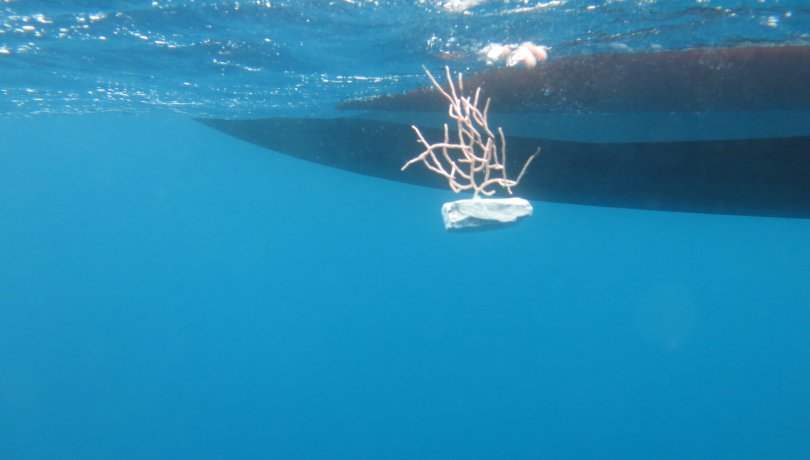Researchers from the Institute of Marine Sciences of Barcelona (ICM-CSIC) have completed the project "Conservation and Recovery of Depth Gorgonians Populations through Ecological Restoration and Fisheries Impact Mitigation" (ResCap 2018). The project has recovered 450 gorgonians in the same areas where they were catched in fishing nets, to restore the seabed. The conditions for maximizing the growth in aquarium of gorgonian fragments have also been determined, in order to generate new individuals for the restoration of impacted populations.

Researchers from the Institute of Marine Sciences of Barcelona (ICM-CSIC) have completed the project "Conservation and Recovery of Depth Gorgonians Populations through Ecological Restoration and Fisheries Impact Mitigation" (ResCap 2018). The project has recovered 450 gorgonians in the same areas where they were catched in fishing nets, to restore the seabed. The conditions for maximizing the growth in aquarium of gorgonian fragments have also been determined, in order to generate new individuals for the restoration of impacted populations.
The initiative has been carried out with the collaboration of the Biodiversity Foundation of the Ministry for Ecological Transition, through the Pleamar Program, co-financed by the FEMP. The main objective of the project has been to recover the deep seabed of the continental shelf in Cap de Creus (Girona), recently declared a Site of Community Interest (Lloc d'Interès Comunitari - LIC) within the framework of the UE Natura 2000 Network. Working together, ICM scientists and fishermen from Port de la Selva and Cadaqués have collected and recovered 450 gorgonets accidentally captured in their networks during the fishing season from April to September.
The growth of gorgonian fragments have also been optimized to be used in restoration actions of impacted populations. The gorgonians, transplanted at the bottom of the Cap de Creus continental shelf between 60 and 85 meters deep, have been inspected and mapped in November 2018 using a submarine robot, in order to monitor their survival in the medium and long term.